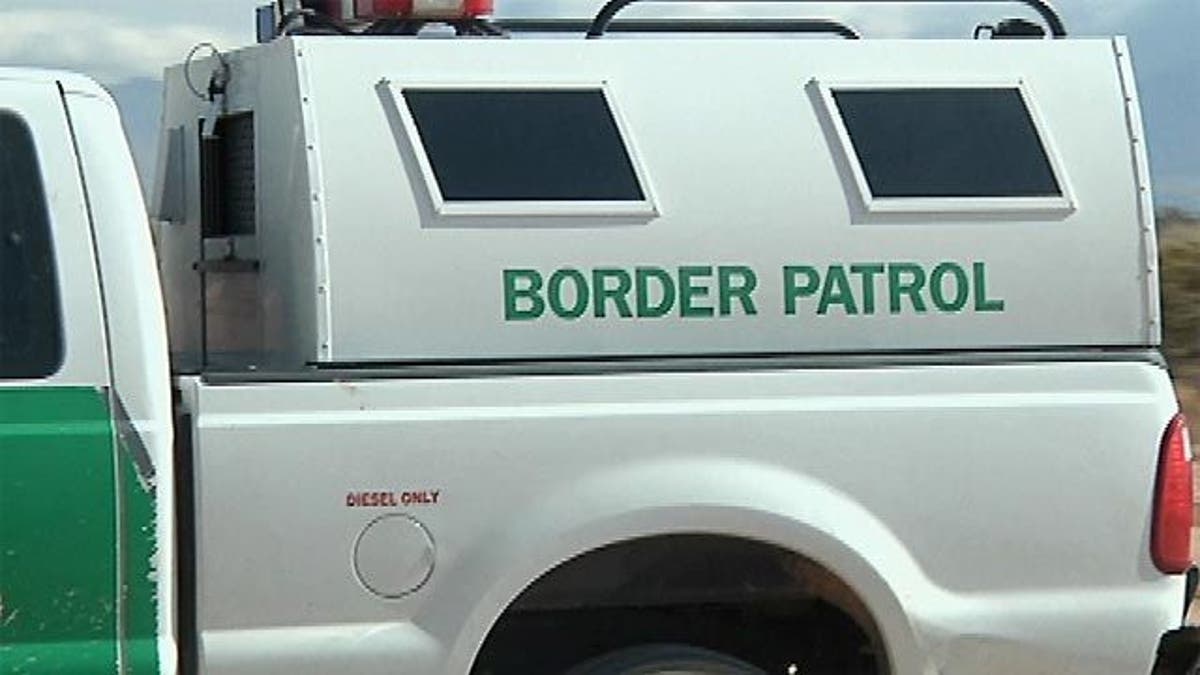
I’ve just returned from a one week study trip to Israel to learn more about how our Middle East ally approaches border security in that country. In the company of 15 sheriffs who serve along the U.S.-Mexico and Canadian border, the trip was an eye opener for all of us.
I don’t want to draw too direct a connection between the Israel border and the U.S. southern border. We’ve got a nearly 2,000-mile border with Mexico, while Israel has to manage 450 miles divided into seven districts and many more bodies per square mile. And while we certainly need to be concerned about terrorist threats, we don’t have the near constant threat of rocket attacks from our neighbor. But despite the obvious differences, there still clear lessons we can draw from Israel’s experience.
If Congress is going to demand a 90 percent border control effectiveness rate before any of undocumented immigrant can pursue some sort of legal status, then we need better data.
Israel has taken border security to a more sophisticated level by increasing the use of surveillance technologies on the ground and in the skies, while at the same time implementing inter-operable communications to increase situational awareness and coordinated response between police and military forces. The contrast with the U.S-Mexico border is stark.
For many locations along our own borders, our local, state, and federal enforcement agencies do not have the ability to talk with one another over radio channels when in the field. If we want to achieve better results, then our Border Patrol and law enforcement need better tools. There is no good reason why a county sheriff’s deputy shouldn’t be able to be in direct communication with a Border Patrol agent via their radios when they’re on the trail of smuggler. Unfortunately in many locations, spotty cell phone service is the only way they can communicate.
As the debate over the bipartisan Gang of Eight’s immigration reform package was getting ramped up in the Senate Judiciary Committee back in Washington, we got a real look at what “operational control” of the border really looks like. Israel’s border enforcement can tell you the exact number of incursions they’ve had at any given time. Since upgrading their fencing, communications, and technologies, incursions are in the single digits per week. In the U.S., our Department of Homeland Security has a tough time putting a number on how many illegal crossings it failed to thwart and what enforcement strategies would work best.
If Congress is going to demand a 90 percent border control effectiveness rate before any of undocumented immigrant can pursue some sort of legal status, then we need better data. Without it, 90 percent isn’t a goal, it’s a wish.
